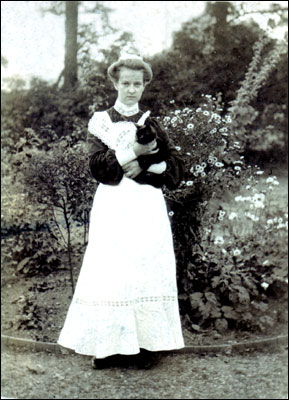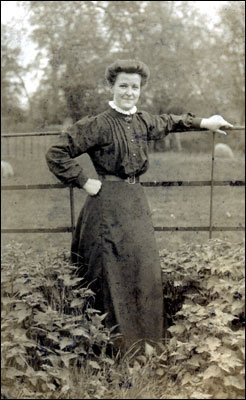
 |
 |
 |
|
Haversham Rectory c.1919
|
| History and Antiquities of the Newport Pagnell Hundreds by Oliver Ratcliff 1900
The rectory house, which was greatly improved in 1861, is a large residence, situated a little to the east of the church, in neat and well kept grounds. Ecclesiastical History of Haversham The value of this living in the first valor of Pope Nicholas IV., in 1291, was 20 marks; in another, 12 marks. It stood charged by the taxation in 1534, at £15, and was accordingly assessed. In 1754, the tithes were fixed by a special Act of Parliament, at £195 per annum; and there are nine acres of glebe, including the rectory garden. The present approximate value of the living is £215, and the net value £200 per annum. In a terrier exhibited by John Bird, then rector, 29 September 1607, in the bishop’s court, there was said to belong to this parsonage: Imprimis. A homestyle containing 4 acres, within was included a garden, orchard, and the parsonage house, consisting of 9 bays tyled and chambered over and disposed of into rooms. Item. A barn built with stone and thatched. Item. A stable and two bays built with timber and thatched. Item. An hay house of three bays thatched. Item. An house to lye the cattle, built with stone and thatched, consisting of six bays. Item. The parsonage close consisted of 3 acres. Item. The Mead Close, containing 3 acres. Item. The South Mead, containing 3 acres. Item. The town Mead and Oxhomes, a acre and an half. In the Wood Field, 16 acres of arable. In the Middle-field, 14 acres and an half. On the Brookfield, 21 acres and one rood. |
 |
 |
 Benjamin Legge Symonds |
|
Charlotte Gobbey from Castlethorpe worked for Benjamin Legge Symonds rector of Haversham
as a maid then housekeeper in her younger days. She left his employment in order to marry Joe Sawbridge April 8th 1912 at Castlethorpe. |
||